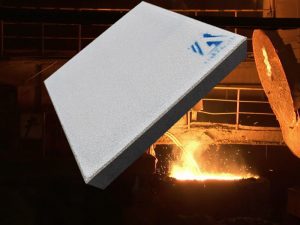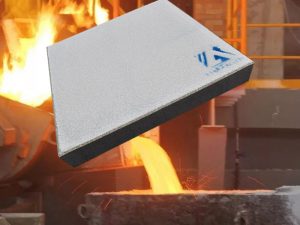Application of launder for aluminum and aluminum alloy casting part 1
According to different structures, the launder can be divided into direct flow launder system, inclined launder system, shunt launder system, corner launder system, lifting launder system, etc. the launder system with different structures has different positions and functions; According to different materials, the launder can be divided into two categories: ceramic fiber launder and castable launder. The ceramic fiber launder has the advantages of good thermal insulation performance, low density, and high specific strength, while the castable launder has the advantages of high strength, scouring resistance, and long service life; Launders of different materials are used in different environments with different requirements
At present, the casting process of the domestic recycled aluminum production system is to put the recovered waste aluminum into the smelting furnace for melting, then the aluminum liquid flows from the smelting furnace to the static furnace for degassing, slag removal, static, and other refining treatments, and finally, the aluminum liquid in the static furnace is transported to the aluminum ingot casting machine through the launder for casting. The launder is an important part used in the casting process of aluminum and aluminum alloy. It is usually installed between the smelting furnace (or static furnace) and the casting platform, and its main function is to guide the aluminum melt. The launder installed between the smelting furnace and the casting platform is wrapped with a metal (mostly iron plate) shell and lined with thick aluminum silicate fiber paper to ensure that the launder will not be damaged due to direct contact with the iron shell and play a good heat preservation role. During the installation process, the aluminum liquid flows through gravity at a proper inclination. The molten aluminum directly flows out from the furnace hole of the smelting furnace and is conveyed to the casting machine platform through the launder. Then, it is diverted to the diverter plate through the launder on the casting machine and flows to the crystallizer. Finally, it is cooled and crystallized into the finished aluminum casting rod. The launder installed on the casting platform does not need a metal shell. With the continuous development of domestic casting technology, the supporting refractory materials required for casting such as launder, draft tube, and diverter plate also require continuous innovation to meet the more stringent casting requirements of aluminum plants. Innovation mainly includes two aspects, one is the innovation of product structure, and the other is the innovation of product material




